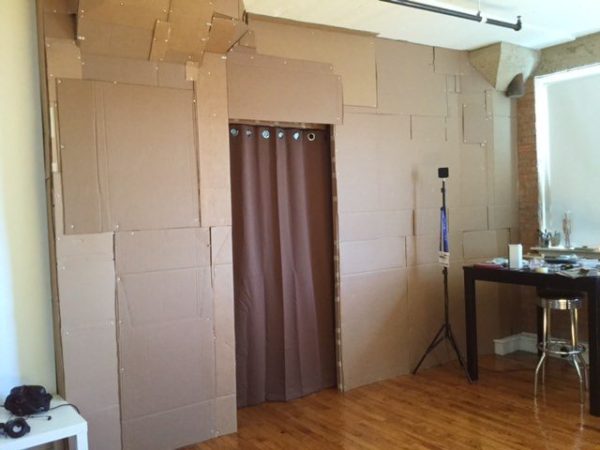When we published a piece about an ADS-B antenna using a Coke can as a groundplane, Hackaday reader [2ftg] got in contact with us about something with a bit more… stature.
A monopole groundplane antenna is a single vertical conductor mounted on an insulator and rising up above a conductive groundplane. In radio terms the groundplane is supposed to look as something of a mirror, to provide a reflection of what would come from the other half of a dipole were there to be two conductors. You can use anything conductive as your monopole, a piece of wire, (in radio amateur humour) a piece of wet string, or even beer cans. “Beer cans?” you ask incredulously, expecting this to be another joke. Yes, beer cans, and [2ftg] has been good enough to supply us with a few examples. The first is a 57-foot stack of them welded together in the 1950s for use on the 80 metre band ( we suspect steel cans may have been more common than aluminum back then), the second is a more modest erection for the 2 metre band, and the final one consists of photographs only of an HF version that looks a little wavy and whose cans are a little less beery.
The reporting in the 1950s piece is rather cheesy, but does give a reasonable description of it requiring welding rods as reinforcement. It also gives evidence of the antenna’s effectiveness, showing that it could work the world. Hardly surprising, given that a decent monopole is a decent monopole no matter how many pints of ale you have dispatched in its making.
The Coke can ADSB can be seen in all its glory here, and if all this amateur radio business sounds interesting, here’s an introduction.
Beer cans picture: Visitor7 [CC BY-SA 3.0].

















